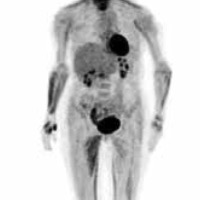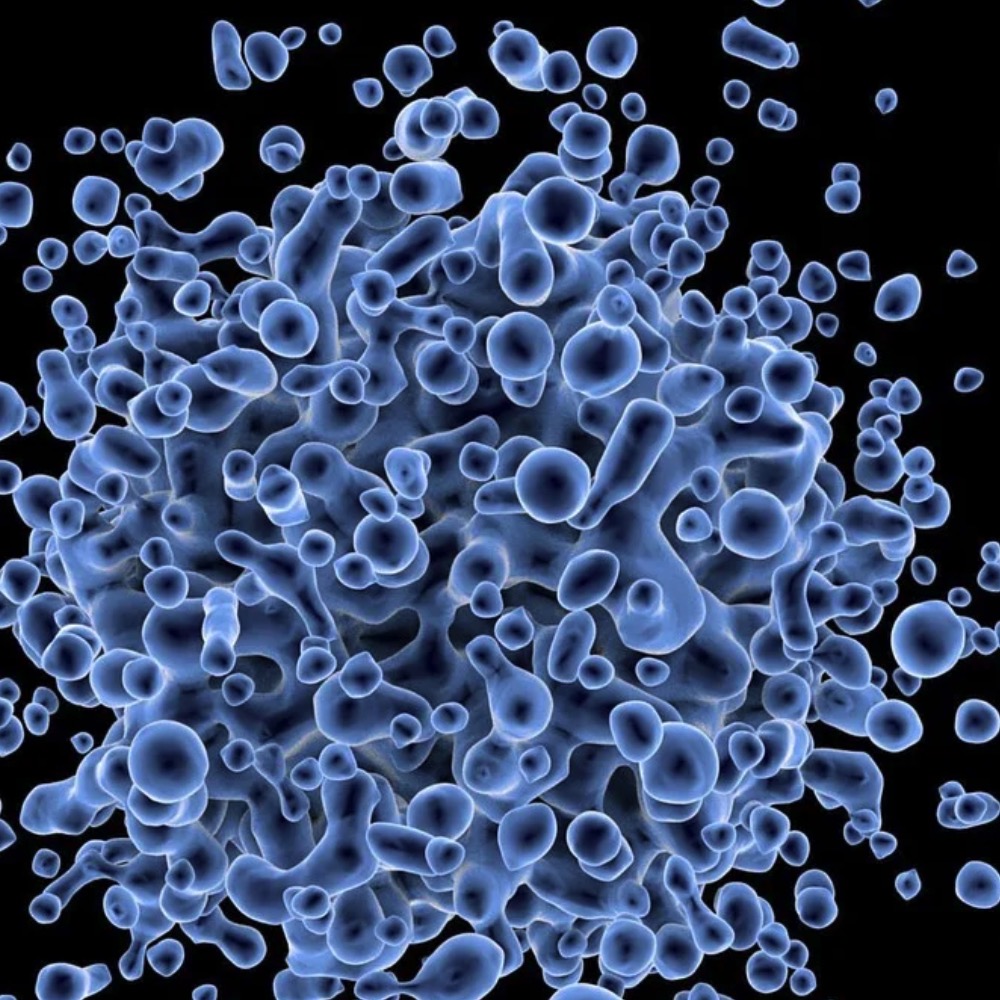The role of PET in a clinically silent and ultrasound negative synovitis in the course of rheumatoid arthritis - a case report

All claims expressed in this article are solely those of the authors and do not necessarily represent those of their affiliated organizations, or those of the publisher, the editors and the reviewers. Any product that may be evaluated in this article or claim that may be made by its manufacturer is not guaranteed or endorsed by the publisher.
Authors
We present a case report of a rheumatoid arthritis patient, who underwent a PET scan, which revealed inflammation of multiple joints, which was missed by both physical and ultrasound examinations. A 55-year old woman with a long-term rheumatoid arthritis, who had undergone arthroplasty of the left knee in the past, consulted with the rheumatologist for pain in the left knee. The physical examination revealed signs of inflammation in the left knee and right elbow. The inflammatory parameters were high. Ultrasound showed intraarticular effusion without signs of active synovitis in the left knee. The ultrasound assessment of the other joints (hands, wrists and feet) was also negative for active synovitis, while positron-emission tomography (PET) revealed increased glucose metabolism at the level of the medial side of the left knee, left radio-ulno-carpal joint, I-II-III metacarpo-phalangeal joints bilaterally, right II metatarso-phalangeal joint, and left II-III metatarso-phalangeal joints. This case report demonstrates that PET might be more sensitive than ultrasound in detecting subclinical joint inflammation.
How to Cite
PAGEPress has chosen to apply the Creative Commons Attribution NonCommercial 4.0 International License (CC BY-NC 4.0) to all manuscripts to be published.










